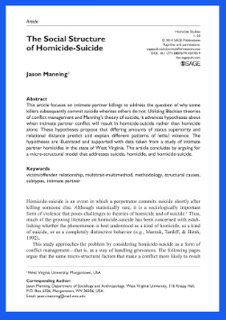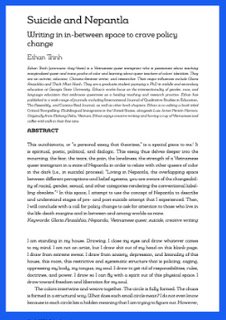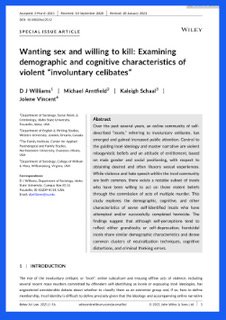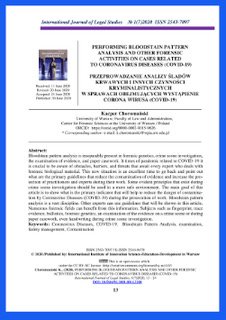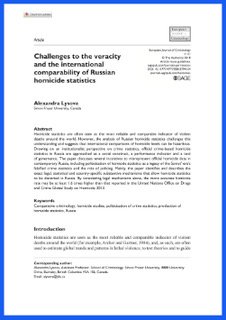By Jon Heidt
This report reviews the key research literature on the impact of decriminalization, depenalization, diversion, and harm reduction programs from countries in Europe, North America, South America Oceania, and several U.S. states including California, Maine, Oregon, and Washington state. From this review, key indicators emerged in two domains: crime and criminal justice and mental and public health. Crime and criminal justice indicators include crime rates, levels of organized crime, rates of imprisonment, levels of public disorder (e.g., open air drug use and dealing), drug use trends and patterns, drug availability and price, rates of treatment uptake, addiction and overdose, police clearance rates, costs of enforcement, and functioning. Mental and public health indicators include drug use rates and patterns, rates of drug treatment participation, and rates of drug related mortality. These indicators were used to evaluate the impact that different approaches to drug policy have on society.
Vancouver, BC: International Centre for Criminal Law Reform, 2021. 80p.













